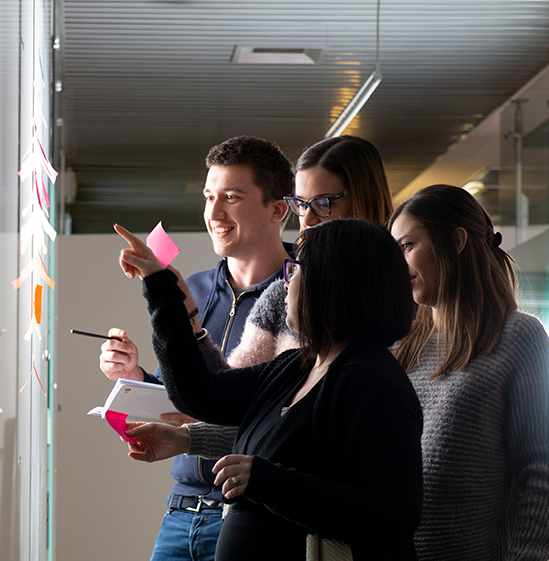Self Shopping: A Service for Consumers, An Opportunity for Retailers


Let us be honest, nobody likes queuing at the cashdesk, so much so that at times the idea of wasting time that way discourages us from shopping.
The arrival of e-commerce has indeed created new expectations for us, we are becoming inceasingly used to using shopping lists on apps, mobile payments, online purchase systems with collection in the store (click&collect), etc.
Some big players in MMR (Mass Market Retailers) have already gathered these exigencies and trends and have decided to improve consumers’ purchase experience, by integrating the physical store with digital channels, with a view to evolved omnichannelling.
Self-shopping solutions are a good example. But what are those? Which are their advantages and disadvantages for consumers and retailers?
There are in fact two self-shopping typologies: one is based on technological devices with barcode readers, the other one on a smartphone app. Both solutions share an objective: making it possible for consumers to obtain the information they need without a shop-assistant’s support but, above all, speeding up check-up processes (no queues at the cashdesk). Thanks to these technologies, customers can indeed read every barcode beforehand, put away items as they get them and, once at the exit, simply pay.
Among retailers, there are those who prefer to provide customers with specific devices for a more reliable and precise service for different reasons:
Others prefer to profit from a smartphone application, whose benefits are linked to customers’ involvement and clients’ loyalty increase:
It seems to be the new shopping frontier, it is called scan to go, more digital consumers like it and, since times become increasingly short, it represents an excellent opportunity for retailers, who can attract customers with innovative services like digital coupons and proximity marketing.
Mobile payments, self-shopping with specific devices or smartphones, proximity marketing, shopping lists on apps, click&collect, e-commerce, etc. are all of them solutions aimed at improving Customer Experience, from the moment someone feels the need to have a certain product to the moment when ii is bought, independently of the “place” (physical or digital store). Small and big retailers will be able to adopt diverse solutions, but what will determine (or not) the success of the store will be the customer’s shopping experience.